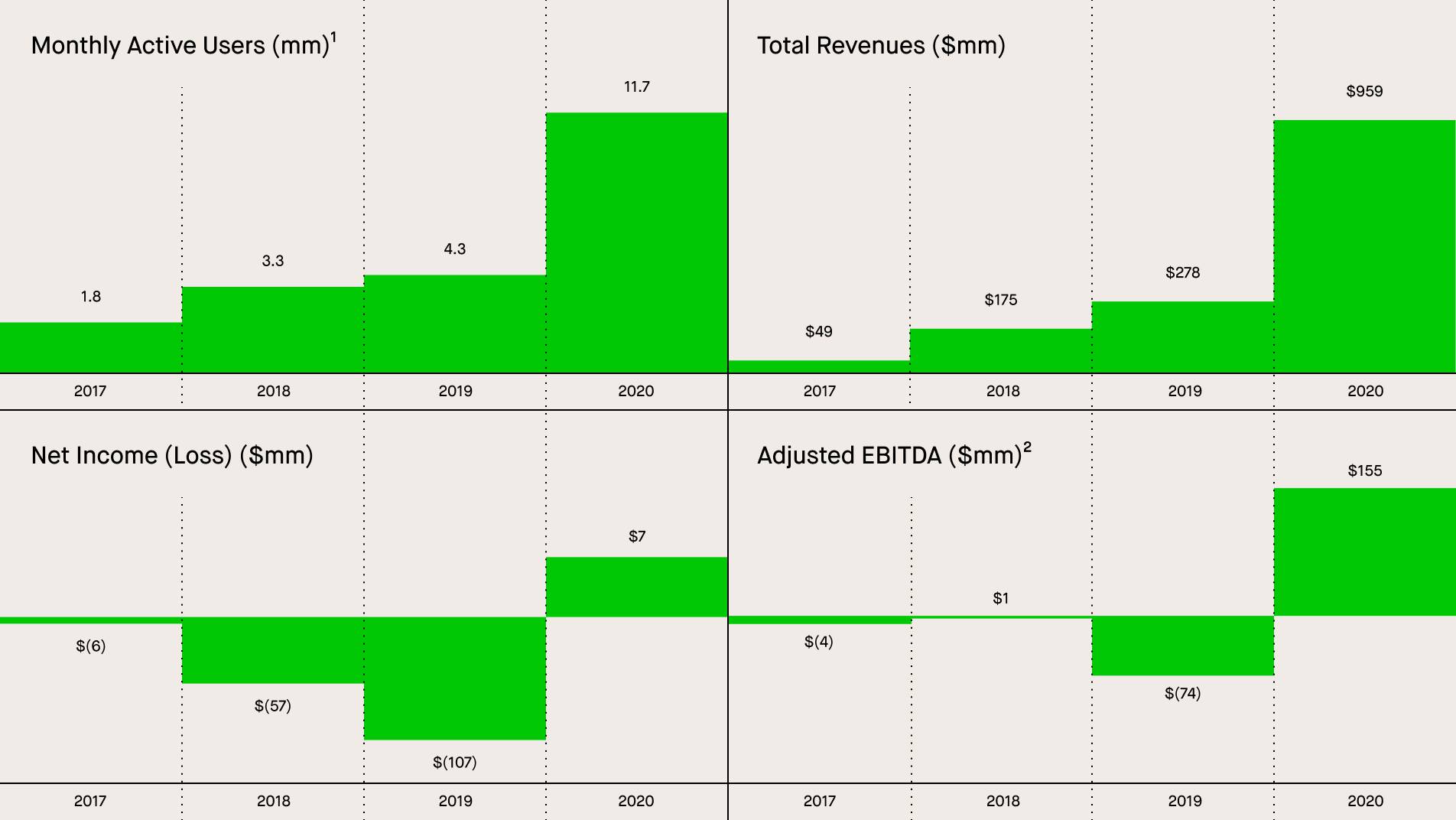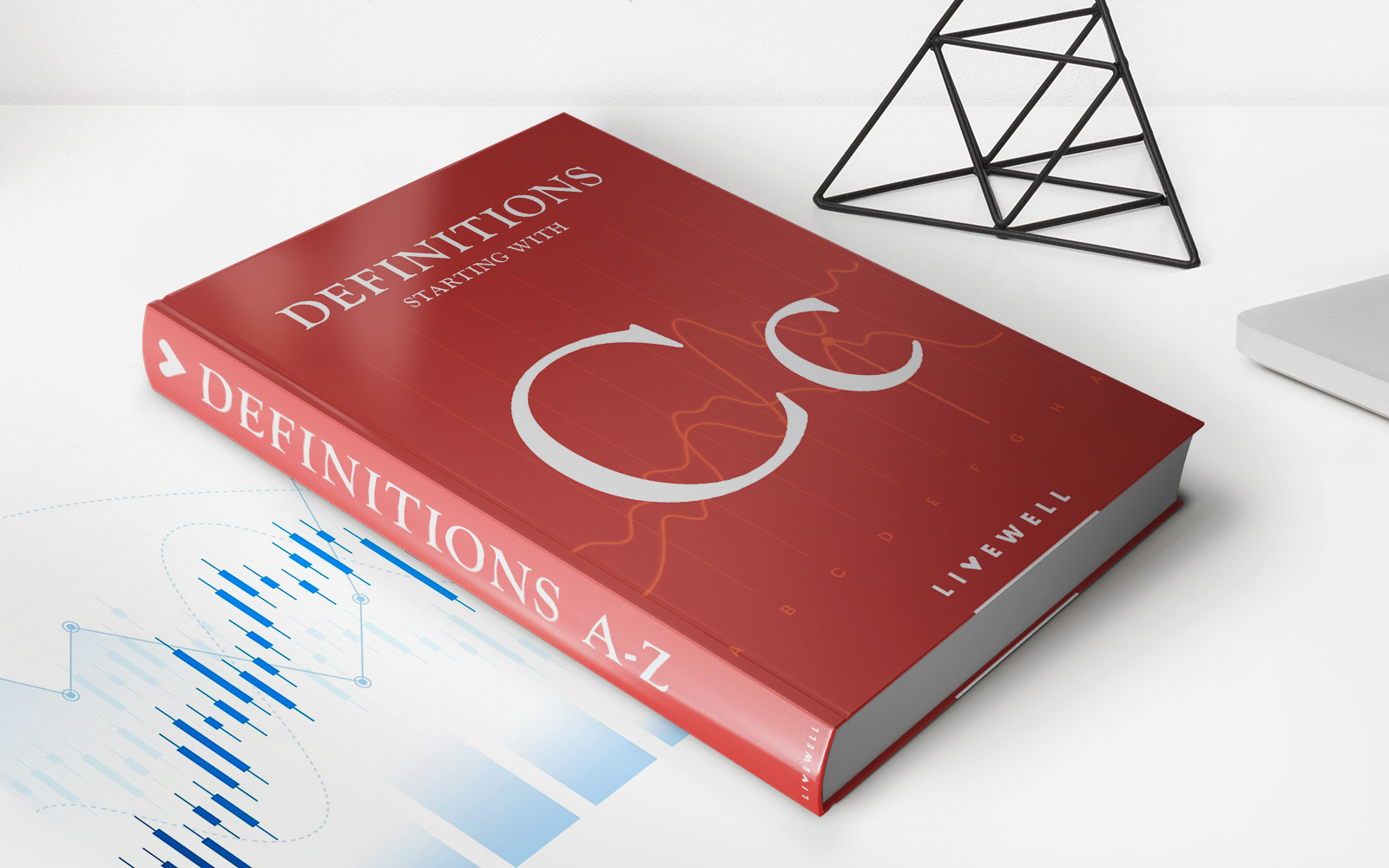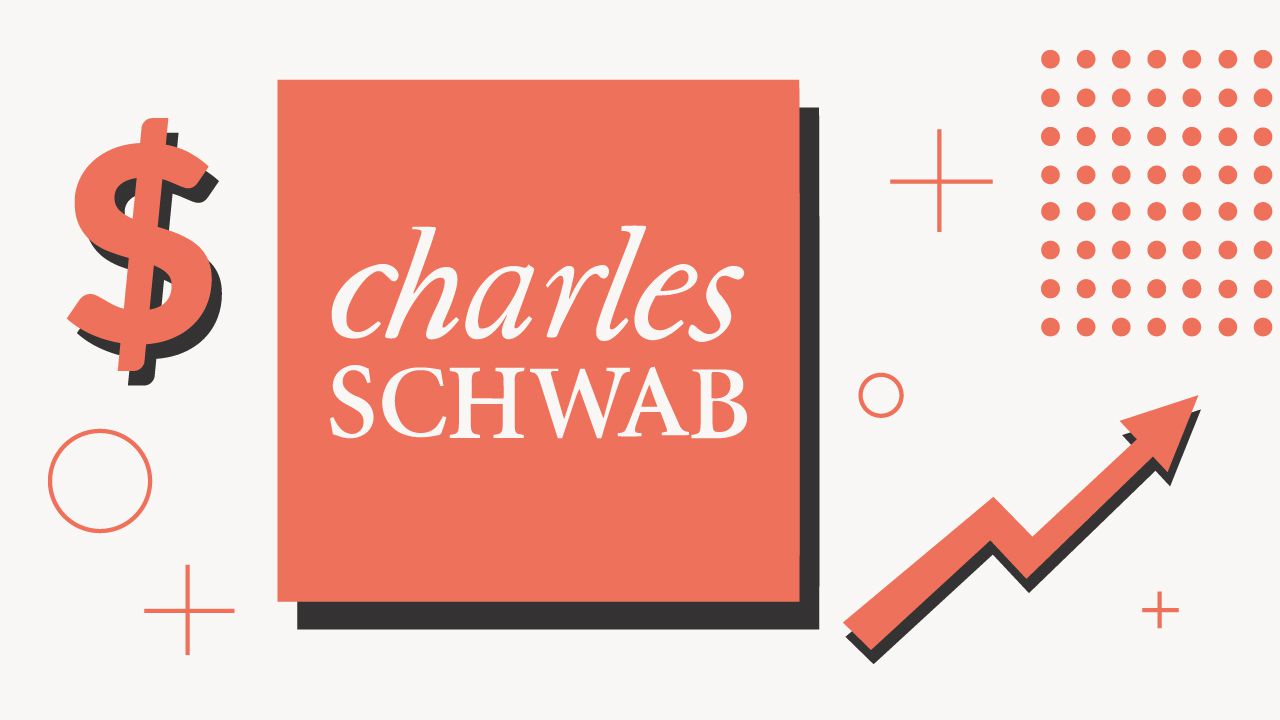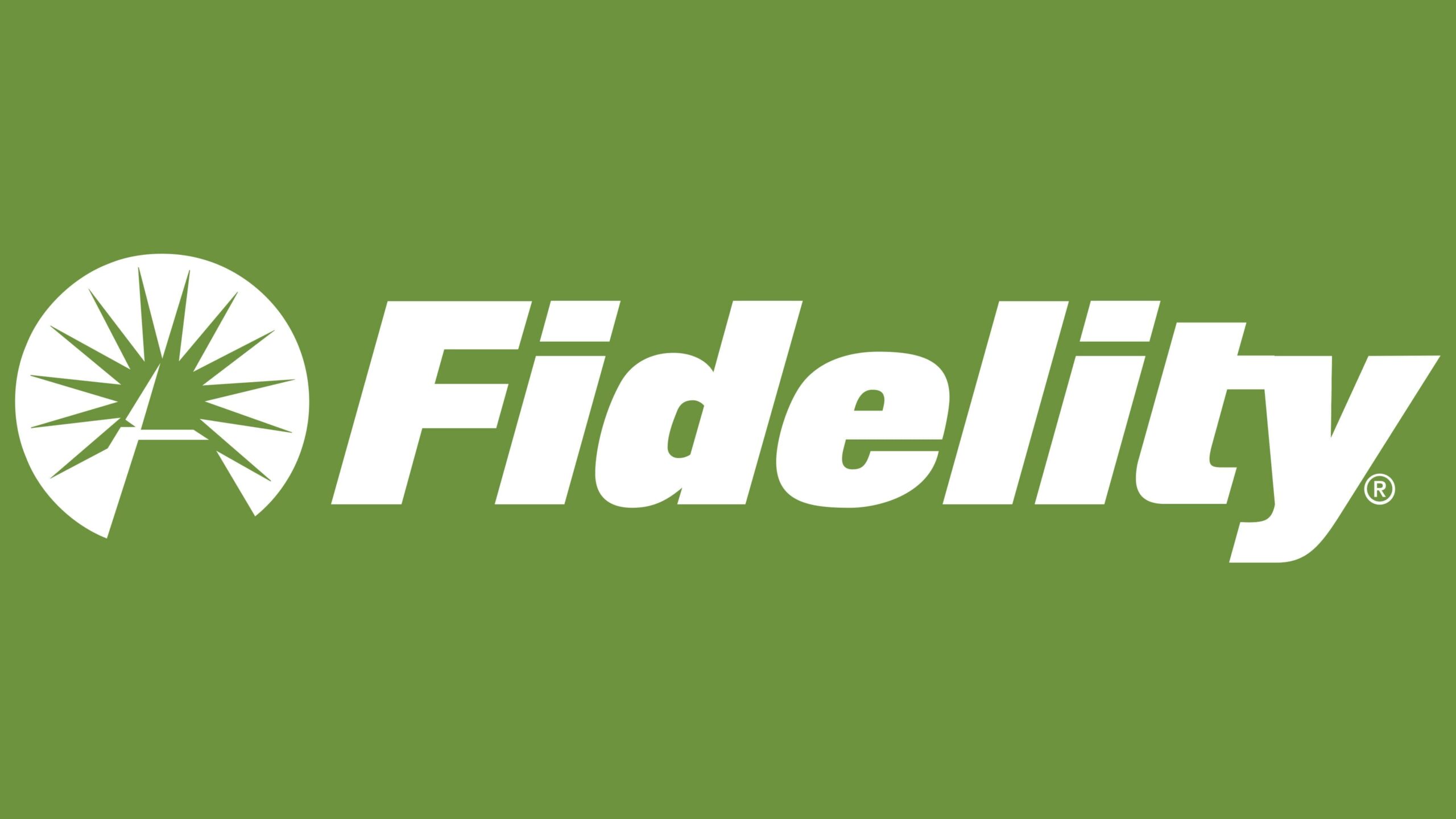

Finance
How To Buy Bonds In Canada
Published: October 12, 2023
Learn how to buy bonds in Canada and expand your investment portfolio. Explore various options in finance and make informed decisions.
(Many of the links in this article redirect to a specific reviewed product. Your purchase of these products through affiliate links helps to generate commission for LiveWell, at no extra cost. Learn more)
Table of Contents
Introduction
Welcome to the world of bonds! If you’re looking for a stable investment with steady returns, then buying bonds in Canada might be the right option for you. Bonds are debt securities issued by government entities, municipalities, or corporations to raise funds for various purposes.
Investing in bonds can provide you with a consistent income stream and help diversify your investment portfolio. Whether you’re a seasoned investor or just starting out, understanding the ins and outs of the bond market in Canada is essential.
In this article, we’ll explore the different types of bonds available in Canada, factors to consider before making a purchase, and the step-by-step process of buying bonds. So, let’s dive in and discover how to navigate the bond market in Canada!
Before we delve into the details, it’s important to note that the information provided here is for educational purposes only. Always do thorough research and consult with a financial advisor before making any investment decisions.
Understanding Bonds
Before you start buying bonds in Canada, it’s crucial to have a solid understanding of what bonds are and how they work. Bonds are essentially a type of loan made by an investor, like yourself, to a borrower, which can be a government, municipality, or corporation.
When you purchase a bond, you are essentially lending your money to the borrower for a specific period of time, known as the bond’s maturity. In return, the borrower promises to pay you regular interest payments, known as coupon payments, throughout the life of the bond. At maturity, the borrower returns the principal amount, also known as the face value or par value, to the bondholder.
Bonds are typically considered fixed-income investments because the interest rate, or coupon rate, is predetermined and fixed for the life of the bond. This makes them different from other investment vehicles, such as stocks, where returns can fluctuate.
One important concept to understand is the relationship between bond prices and interest rates. When interest rates rise, bond prices generally fall, and vice versa. This is because when new bonds are issued, they often come with higher coupon rates to attract investors. As a result, older bonds with lower coupon rates become less desirable, and their prices decrease.
Another crucial term to be aware of is bond credit rating. This rating determines the creditworthiness of the issuer and indicates the probability of defaulting on the bond. Credit rating agencies assign ratings, such as AAA, AA, A, BBB, etc., based on the issuer’s financial health and ability to make timely payments.
Understanding these fundamental concepts is essential as you navigate the world of bond investing in Canada. It will help you make informed decisions and choose the most suitable bonds for your investment goals and risk tolerance.
Types of Bonds in Canada
When it comes to buying bonds in Canada, you have a variety of options to choose from. Let’s explore some of the most common types of bonds available:
- Government Bonds: These bonds are issued by the Canadian government and are considered the safest investment options. They have low default risk and are backed by the full faith and credit of the government. Government bonds can be further categorized into Treasury bills (T-bills), Treasury notes, and Government of Canada bonds.
- Provincial and Municipal Bonds: These bonds are issued by provinces and municipalities to raise funds for infrastructure projects and other public initiatives. Provincial bonds are issued by provincial governments, such as Ontario or British Columbia, while municipal bonds are issued by cities or towns. These bonds offer slightly higher yields compared to government bonds but may carry a higher level of risk.
- Corporate Bonds: Corporate bonds are issued by private corporations to finance their operations or expansion. They come with higher risk compared to government bonds since they are dependent on the financial health of the issuing company. Corporate bonds can be further classified into investment-grade bonds and high-yield bonds (also known as junk bonds) based on the credit rating of the issuing company.
- Convertible Bonds: Convertible bonds give bondholders the option to convert their bonds into a specified number of common shares of the issuing company. These bonds offer the potential for capital appreciation if the company’s stock price increases.
- Zero-Coupon Bonds: Zero-coupon bonds do not pay regular interest payments like traditional bonds. Instead, they are issued at a discount to their face value and pay the full face value at maturity. The return on these bonds comes from the difference between the purchase price and the face value.
Each type of bond carries its own set of risks and rewards. Government bonds tend to be the safest but offer lower yields, while corporate bonds offer potentially higher yields but come with higher risk. It’s important to assess your risk tolerance and investment objectives before selecting the type of bond that aligns with your goals.
Keep in mind that this is not an exhaustive list of all the types of bonds available in Canada. There are also specialized bonds, such as inflation-protected bonds and foreign government bonds, which cater to specific investment needs. Researching and understanding the characteristics of each bond type will help you make informed decisions when building your bond portfolio.
Factors to Consider Before Buying Bonds
Before you jump into buying bonds in Canada, there are several important factors to consider. These factors will help you make informed decisions and choose the bonds that best align with your investment goals and risk tolerance. Here are some key factors to keep in mind:
- Interest Rates: Take into account the prevailing interest rates in the market. Bond prices are inversely related to interest rates, so when interest rates rise, bond prices tend to fall, and vice versa. Assess whether it’s a good time to buy bonds based on the current interest rate environment.
- Credit Risk: Evaluate the creditworthiness of the issuer. Bonds with lower credit ratings generally offer higher yields but come with an increased risk of default. Research the credit ratings assigned by rating agencies and consider sticking to bonds with investment-grade ratings if you prioritize stability.
- Issuer’s Financial Health: Analyze the financial health of the issuer, whether it’s a government entity, municipality, or corporation. Look into factors such as their revenue-generating capacity, debt levels, and long-term sustainability. A strong financial position indicates a higher likelihood of timely interest and principal payments.
- Maturity: Determine your investment horizon and select bonds with suitable maturities. Short-term bonds, such as Treasury bills, mature within one year, while long-term bonds can have maturities of 10, 20, or even 30 years. Longer-term bonds may offer higher yields but come with greater interest rate risk.
- Liquidity: Consider the liquidity of the bond. Highly liquid bonds are easier to buy or sell without significant impact on the market price. Bonds issued by governments and larger corporations generally have higher liquidity compared to those issued by smaller entities.
- Tax Implications: Understand the tax implications of buying bonds. Interest income from bonds is generally taxable at your marginal tax rate. However, certain types of bonds, such as municipal bonds, may offer tax advantages depending on the jurisdiction. Consult with a tax advisor to assess the impact on your overall tax liability.
These factors will help guide your decision-making process when considering which bonds to invest in. Conduct thorough research, analyze the market conditions, and evaluate your personal financial situation before proceeding with your bond purchases. Diversification within your bond portfolio can also help mitigate risks and enhance overall returns.
Steps to Buy Bonds in Canada
Buying bonds in Canada is a straightforward process. Here are the key steps to follow:
- Choosing a Brokerage or Financial Institution: Select a reputable brokerage or financial institution that offers bond trading services. Look for a company with a user-friendly platform, competitive fees, and access to a wide range of bond offerings. Research and compare different options to find the one that suits your needs.
- Setting Up a Trading Account: Open a trading account with the chosen brokerage or financial institution. This typically involves providing personal identification details and completing the necessary paperwork. You may also need to deposit funds into your account to make purchases.
- Researching and Selecting Bonds: Conduct thorough research on the different bonds available. Consider factors such as the type of bond, credit rating, maturity, and yield. Utilize the resources and tools provided by your brokerage to analyze the bond offerings and make informed decisions.
- Placing an Order for Bonds: Once you have selected the bonds you wish to purchase, place an order through your trading account. Specify the quantity, price, and any other relevant details. Your brokerage will execute the order on your behalf, and you will receive a confirmation once the transaction is complete.
- Managing Your Bond Portfolio: Monitor your bond investments regularly. Stay informed about any updates or changes in the bond market and evaluate the performance of your holdings. Adjust your portfolio as needed to align with your investment objectives and risk tolerance.
It’s important to note that bond prices can fluctuate, so it’s advisable to set a target price range or yield when placing an order. Take into consideration any transaction fees or commissions that may apply, as they can impact your overall returns.
Additionally, consider diversifying your bond portfolio by investing in a mix of different types of bonds with varying maturities and issuers. This can help spread risk and increase the potential for stable returns.
Remember to keep track of your bond holdings, including interest payments and the maturity dates. Plan accordingly for reinvestment, redemption, or selling of bonds as they approach maturity.
By following these steps and actively managing your bond portfolio, you can navigate the bond market in Canada and make informed investment decisions that align with your financial goals.
Choosing a Brokerage or Financial Institution
When it comes to buying bonds in Canada, choosing the right brokerage or financial institution is crucial. Here are some key factors to consider when making your selection:
- Reputation and Trustworthiness: Look for a brokerage or financial institution that has a solid reputation and a track record of providing reliable services. Research online reviews, check for regulatory compliance, and consider recommendations from trusted sources.
- Access to the Bond Market: Ensure that the brokerage or financial institution provides access to a wide range of bonds. This includes government bonds, municipal bonds, corporate bonds, and other specialized bond offerings. Having a diverse selection allows you to choose the bonds that suit your investment goals.
- Platform and Tools: Evaluate the brokerage’s trading platform and tools. A user-friendly interface with intuitive navigation can simplify your bond buying process. Look for features such as real-time bond quotes, research reports, and customization options that enhance your overall trading experience.
- Fees and Commissions: Consider the fees and commissions associated with buying bonds through the brokerage. Some brokerages charge a flat fee per transaction, while others may have a percentage-based commission. Take into account any additional costs, such as custody fees or account maintenance fees, to accurately assess the overall cost of buying and holding bonds.
- Customer Support: Evaluate the quality of customer support provided by the brokerage or financial institution. Prompt and reliable customer service is important in case you encounter any issues or have questions about your bond investments. Look for multiple channels of support, such as phone, email, and live chat.
- Educational Resources: Consider the availability of educational resources and tools to enhance your understanding of bonds and the bond market. This can include tutorials, webinars, articles, and market insights. A brokerage that prioritizes investor education can help you make better-informed decisions.
- Account Requirements: Check the minimum deposit requirements and account opening process of the brokerage. Ensure that the required deposit aligns with your financial capabilities. Additionally, assess any account maintenance requirements, such as minimum balances or transaction volume, to ensure they are reasonable for your needs.
Take the time to research and compare different brokerages or financial institutions before making your decision. Consider your individual investment goals, trading preferences, and level of experience. It may be beneficial to reach out to customer support or schedule a demonstration of the trading platform to get a better understanding of the services provided.
Remember, finding the right brokerage or financial institution is an important step in your bond-buying journey. Make sure to choose one that aligns with your needs and provides the necessary tools and support to help you succeed in the bond market.
Setting Up a Trading Account
Setting up a trading account is an important step in buying bonds in Canada. Here’s a guide to help you navigate the process:
- Choose a Brokerage: Research and select a reputable brokerage or financial institution that offers bond trading services. Look for a brokerage that is well-established, regulated, and has a good track record in the industry.
- Verify Account Requirements: Review the account requirements set by the brokerage. This includes minimum deposit amounts, account opening paperwork, and any identification documents that may be needed to complete the registration process.
- Complete the Application: Fill out the necessary account forms provided by the brokerage. This typically involves providing your personal information, contact details, and financial information. Be sure to provide accurate and up-to-date information.
- Provide Identification: Most brokerages will require you to provide identification documents to verify your identity. This can include a valid government-issued identification (such as a driver’s license or passport) and proof of address (such as a utility bill or bank statement).
- Submit Additional Documentation: Depending on the brokerage’s requirements, you may need to submit additional documents, such as proof of income or employment, to support your application. This is typically required to comply with regulatory guidelines and ensure the suitability of the account.
- Review and Sign: Carefully review all the information provided in the application forms. Ensure that you understand the terms and conditions of the brokerage and any associated fees. Sign the necessary documents, either electronically or by physical signature, as required.
- Deposit Funds: Once your account has been approved, deposit funds into your trading account. This can typically be done via bank transfer, electronic funds transfer, or other designated methods of deposit specified by the brokerage. The deposited funds will be used for purchasing bonds.
It’s important to note that the specific steps and requirements may vary depending on the brokerage or financial institution you choose. It’s advisable to review their website or contact their customer support for detailed instructions tailored to their specific account setup process.
Once your trading account is set up and funded, you will be ready to start buying bonds in Canada. Follow the brokerage’s instructions for accessing their trading platform, conducting market research, and placing orders for the bonds you wish to invest in. Regularly monitor your account, keep track of your investments, and adjust your portfolio as needed based on your investment objectives and market conditions.
Researching and Selecting Bonds
Researching and selecting the right bonds is a critical step in buying bonds in Canada. Here are some key factors to consider when conducting your research:
- Identify Your Investment Goals: Determine your investment objectives and risk tolerance. Are you looking for income generation, capital preservation, or a balance of both? Understanding your goals will help guide your bond selection.
- Assess Your Risk Tolerance: Evaluate your risk appetite. Bonds with higher yields often come with greater credit risk. Consider your comfort level with the possibility of default and price fluctuations.
- Understand Bond Types: Familiarize yourself with the different types of bonds available, such as government bonds, municipal bonds, and corporate bonds. Each type has its own risk profile, yield, and creditworthiness.
- Evaluate Credit Ratings: Check the credit ratings assigned to the bonds by reputable credit rating agencies. Higher-rated bonds offer lower yields but have lower default risk.
- Review Maturity Dates: Consider the maturity dates of the bonds. Short-term bonds mature within a year, while long-term bonds can have maturities of 10, 20, or 30 years. Choose maturities that align with your investment time horizon.
- Compare Yields: Compare the yields offered by different bonds. Take into account their risk profiles and consider how the yields fit within the prevailing interest rate environment.
- Assess Market Conditions: Stay informed about the overall economic conditions and bond market trends. Monitor factors such as interest rates, inflation, and fiscal policies to gauge potential impacts on bond prices and yields.
- Consider Callable Bonds: Take note if the bond is callable, meaning that the issuer has the option to redeem the bond before its stated maturity date. Callable bonds may offer higher yields but carry the risk of early redemption.
- Utilize Research Tools: Take advantage of research tools and resources provided by your brokerage or financial institution. Utilize their bond screeners, research reports, and analyst recommendations to aid your decision-making process.
- Seek Professional Advice: If you’re unsure about navigating the bond market, consider consulting with a financial advisor. They can provide personalized guidance based on your financial situation and goals.
Remember that thorough research and due diligence are essential when selecting bonds. Take the time to analyze the available options and make informed decisions that align with your investment objectives. Regularly reassess your bond portfolio to ensure it remains consistent with your evolving financial goals and market conditions.
Keep in mind that investing in bonds carries risks, and past performance is not indicative of future results. It’s important to carefully consider your own financial circumstances and seek professional advice when necessary.
Placing an Order for Bonds
Once you have done your research and selected the bonds you wish to invest in, the next step is placing an order. Here’s a guide on how to place an order for bonds:
- Log into Your Trading Account: Access your trading account provided by your chosen brokerage or financial institution. Ensure that you have sufficient funds available in your account to cover the purchase.
- Navigate to the Bond Trading Section: Locate the bond trading section or module within the trading platform. You may find this in the “Fixed Income” or “Bonds” section.
- Specify the Bond Details: Enter the specific details of the bond you want to purchase. This includes the bond’s ticker symbol, maturity date, coupon rate, and the quantity or face value of the bonds you wish to buy.
- Set the Price: Decide whether you want to place a market order or a limit order. A market order executes the trade at the prevailing market price, while a limit order allows you to specify the maximum price you are willing to pay for the bond.
- Review and Confirm: Double-check all the details of your order, including the bond’s characteristics, quantity, and price. Ensure that everything is accurate before proceeding.
- Place the Order: Submit your order by clicking the appropriate button or selecting “Place Order.” Your brokerage will execute the trade on your behalf, and you will receive a confirmation of the transaction.
- Monitor the Order: Keep an eye on the status of your order through your trading account. You can usually view pending, executed, or cancelled orders in the order history section.
- Settlement: After the order is executed, the settlement process begins. This involves the transfer of funds from your account to the seller’s account and the transfer of ownership of the bonds to your account. Settlement periods may vary, but bonds typically settle within a few business days.
- Confirm the Purchase: Once the settlement is complete, you can confirm the purchase of the bonds in your account. You will be able to see the details of the purchased bonds, including the quantity, price, and any accrued interest.
It’s important to note that market conditions can impact the availability and pricing of bonds. If you are placing a limit order, be aware that it may take some time for the bond to become available at or below your specified price.
Regularly review your bond holdings and monitor market developments. Consider setting price alerts or utilizing stop-loss orders to manage and protect your investment. Adjust your bond portfolio as needed to align with your investment goals and risk tolerance.
Remember, it’s always a good idea to consult with a financial advisor or contact the customer support of your brokerage if you have any questions or need assistance with placing an order for bonds.
Managing Your Bond Portfolio
Once you have purchased bonds in Canada and built your portfolio, it’s important to actively manage and monitor your investments. Here are some key tips for managing your bond portfolio:
- Regularly Review Your Holdings: Periodically evaluate your bond portfolio to ensure it aligns with your investment goals and risk tolerance. Assess the credit ratings, yields, and maturity dates of your bonds to determine their ongoing suitability.
- Stay Informed: Keep up-to-date with market developments, economic news, and changes in interest rates. Understand how these factors can impact the performance and value of your bond holdings.
- Monitor Interest Payments: Keep track of the interest payments received from your bonds. Ensure that the payments are being made on time and reconcile them with your account statements or online trading platform.
- Reinvestment or Redemption: Plan for the reinvestment or redemption of your bonds as they approach maturity. If you intend to reinvest, research and select new bonds that meet your investment criteria. If you decide to redeem, ensure that you follow the necessary redemption process and consider the potential tax implications.
- Assess Market Conditions: Continuously evaluate market conditions and interest rate movements. Understand that changes in interest rates can affect bond prices. Consider the potential impact on your portfolio and make adjustments as necessary.
- Diversify Your Portfolio: Consider diversifying your bond portfolio by investing in bonds with different issuers, industries, and maturities. This can help spread risk and potentially enhance returns.
- Review Costs and Fees: Regularly assess the costs associated with holding your bond portfolio. This includes any custodial fees, management fees, or commissions charged by your brokerage. Be aware of the impact of fees on your overall returns.
- Consider Professional Advice: If you’re unsure about managing your bond portfolio or need guidance, consider consulting a financial advisor. They can offer personalized advice based on your financial goals and risk tolerance.
- Rebalance When Necessary: Periodically rebalance your bond portfolio to maintain your desired asset allocation. This involves adjusting the weights of different bonds or adding new bonds to bring your portfolio back in line with your target investment strategy.
- Monitor Economic and Political Events: Keep an eye on economic indicators, political events, and other factors that may impact the bond market. Stay informed about changes in government policies, inflation rates, and global economic trends that could affect your bond investments.
Managing your bond portfolio requires ongoing attention and diligence. Regularly review and assess your portfolio’s performance, make necessary adjustments, and stay informed about market conditions. By actively managing your bond investments, you can optimize returns and mitigate risks in the ever-evolving bond market.
Conclusion
Congratulations! You have now gained a comprehensive understanding of how to buy bonds in Canada. Bonds can be a valuable addition to your investment portfolio, providing income generation, capital preservation, and diversification. Remember, investing in bonds requires careful consideration, research, and ongoing management. Here’s a summary of what we have covered:
We began by introducing the concept of bonds, explaining how they work and the different types available in Canada. We discussed the importance of understanding bond characteristics, such as credit ratings, maturities, and yields. We also emphasized the need to assess your risk tolerance and investment objectives before selecting bonds.
Next, we provided guidance on how to choose a brokerage or financial institution. We highlighted the significance of reputation, access to the bond market, platform usability, fees, customer support, and educational resources in making an informed decision.
We then outlined the steps to set up a trading account, including choosing a brokerage, completing the necessary paperwork, and depositing funds. We also emphasized the importance of reviewing and confirming your account details before proceeding.
Researching and selecting bonds requires careful consideration and evaluation of factors such as credit ratings, yields, maturities, and market conditions. We encouraged you to leverage research tools and seek professional advice to make well-informed decisions.
Placing an order for bonds involves navigating your trading account, specifying bond details, setting prices, and carefully reviewing before submitting the order. We also touched upon settlement and confirmation processes.
Managing your bond portfolio is an ongoing process that requires regular review, staying informed about market conditions, monitoring interest payments, and evaluating the performance of your holdings. We highlighted the importance of diversification, assessing costs and fees, and periodically rebalancing your portfolio.
In conclusion, buying bonds in Canada can be a rewarding investment strategy, offering stability, income, and potential capital appreciation. By following the steps outlined in this guide, conducting thorough research, and staying actively involved in managing your bond portfolio, you can navigate the bond market with confidence. Remember to regularly reassess your goals, stay informed about market dynamics, and seek professional advice when needed. Happy bond investing!














